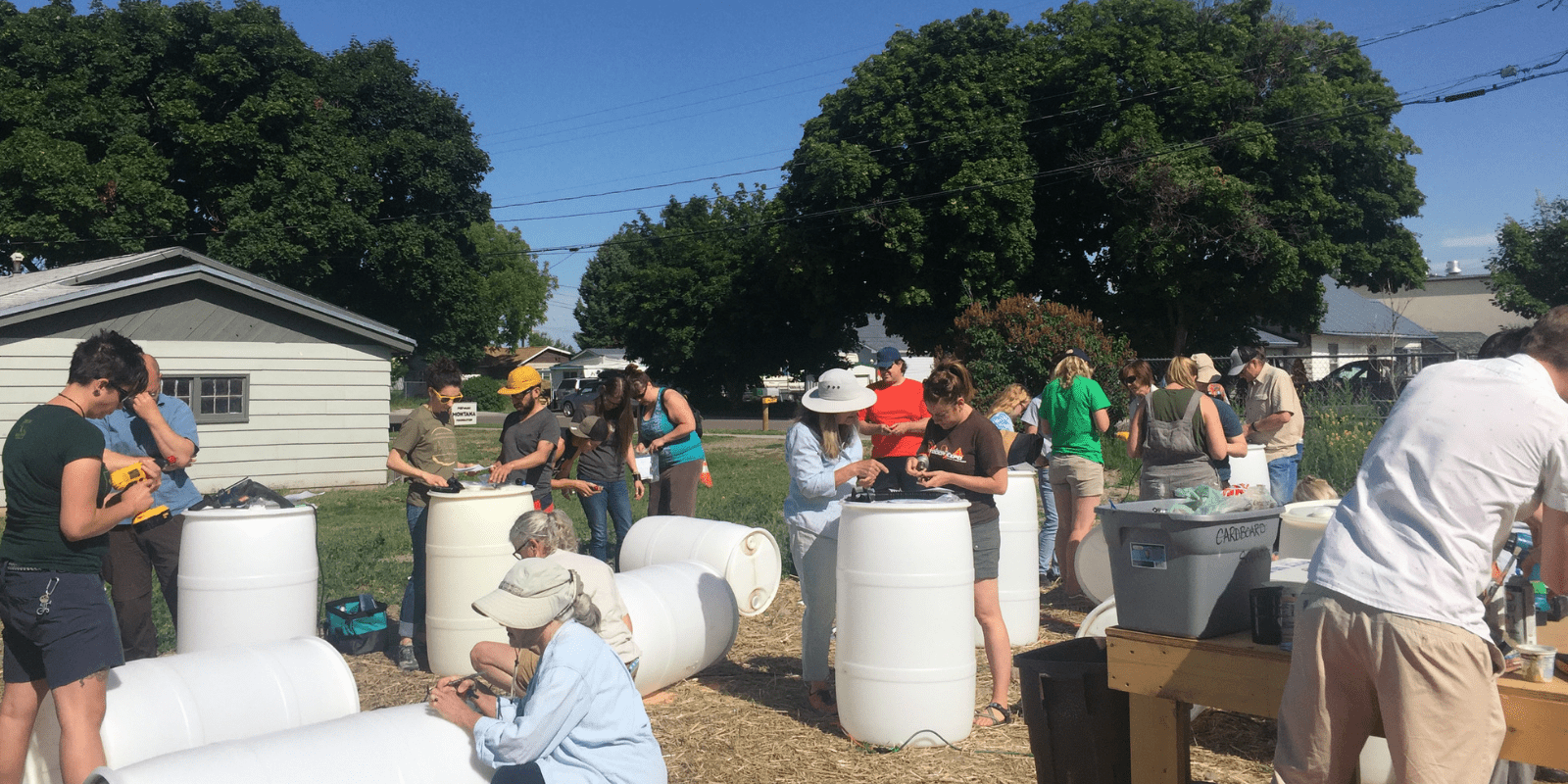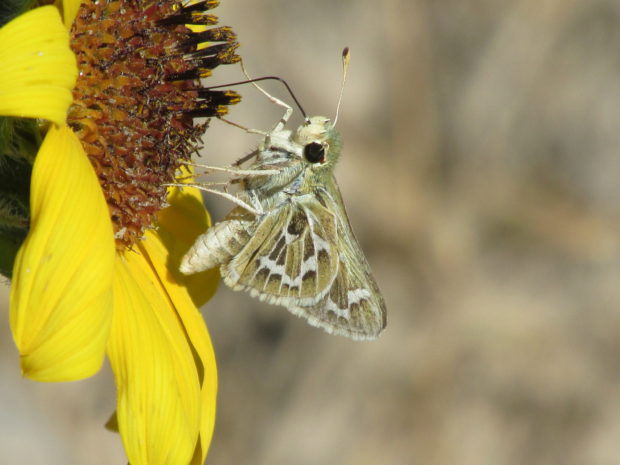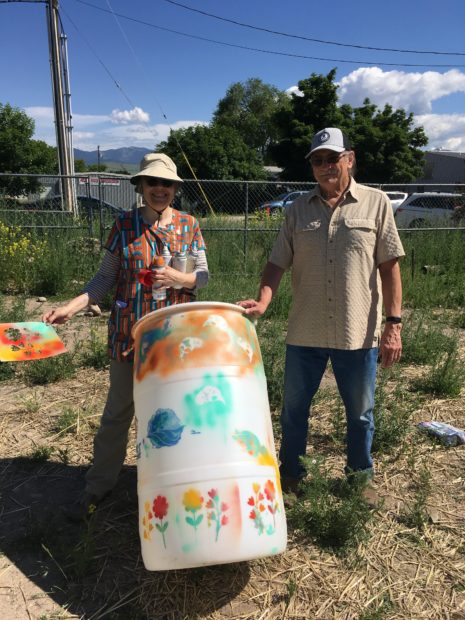We have much more to do and your continued support is needed now more than ever.
A Barrel of Fun: Conserving Water for Wildlife

Most people know that about 70 percent of Earth’s surface is covered in water. What many don’t realize, however, is that of all that water, 97 percent is in the oceans, leaving only 3 percent as freshwater. Even among that small amount of freshwater, almost 2 percent is trapped in glaciers and ice. And even the remaining 1 percent of freshwater is primarily underground, with only a small fraction filling the world’s lakes and rivers. In other words, “only 0.007 percent of the planet’s water is available to fuel and feed its 6.8 billion people.”
Humans aside, these freshwater resources are just as critical to the wildlife with which we share this planet. Whether it be a lake, birdbath, or puddle, wildlife need a clean water source for drinking, bathing, and – for some – residing. This is why, through the National Wildlife Federation’s Garden for Wildlife program, people are encouraged to provide water or use sustainable water practices in their backyards and gardens.

It’s worth noting that many households are becoming more cognizant of water conservation; however, household water conservation only tends to come up during obvious drought seasons. During Montana’s severe drought of 2017, many probably said something like, “I’m not watering my lawn this year because we need to conserve water.” But once the state returned back to its “normal” aridness, the sprinklers turned back on. Instead of viewing water issues as isolated issues dependent only on annual drought conditions, we as a community, state, nation, and world need to address the limitations of our freshwater resources on a more proactive level.
As someone who is lucky enough to turn on a faucet and be greeted by a seemingly endless freshwater stream, this is easier said than done. But I recently learned about an ideology of “Do One Thing.” Even if it’s simply setting up a shower timer or installing a low flow toilet system, if everyone chooses to “Do One Thing” to conserve water on a daily basis, rather than wait for a devastating drought, all of our combined efforts will slowly and gradually make an impact in bettering our planet.
One Thing: Rain Barrels
That’s where rain barrels come in. In late Spring, the National Wildlife Federation’s Northern Rockies, Prairies, and Pacific Regional Center partnered with Missoula Urban Demonstration (MUD) Project to put on a series of Rain Barrel workshops for the local community. Using upcycled syrup drums donated by Coca-Cola and hardware kits received through a grant with the River Network, the workshops were a creative way to encourage people to irrigate their gardens in a sustainable way. Through a presentation on Garden for Wildlife, participants were able to understand first-hand how their rain barrels would have a direct impact on native plants and wildlife in and around Missoula.

One of the most rewarding aspects of this workshop series is that they were far more successful than we imagined! While we initially expected a small number of participants, attendance exceeded our expectations! Thanks to the generous donation of unused syrup barrels from Coca-Cola, we were able to send a total of 48 rain barrels home to gardens over two workshops.
While installing a grand total of 48 barrels in yards and gardens throughout Missoula may seem inconsequential, it has been shown that a single 55-gallon rain barrel can save the average homeowner up to 1,300 gallons of water every year. That means that, between these two workshops, roughly 62,400 gallons of water ( the equivalent of doing approximately 2,000 loads of laundry!) will be conserved this year in Missoula.

This experience, made possible through partnerships with MUD, the River Network, Coca-Cola, the Clark Fork Coalition, and Montana Energy Corps, can serve as a prime example of how a community of individuals trying to “Do One Thing” can truly make an impact. And these small workshops can have a ripple effect for wildlife – by encouraging participants to prioritize native plants, use sustainable practices, and provide a source of water, there are now also 40 yards in Missoula that are supporting native wildlife – a value that cannot be measured.





















